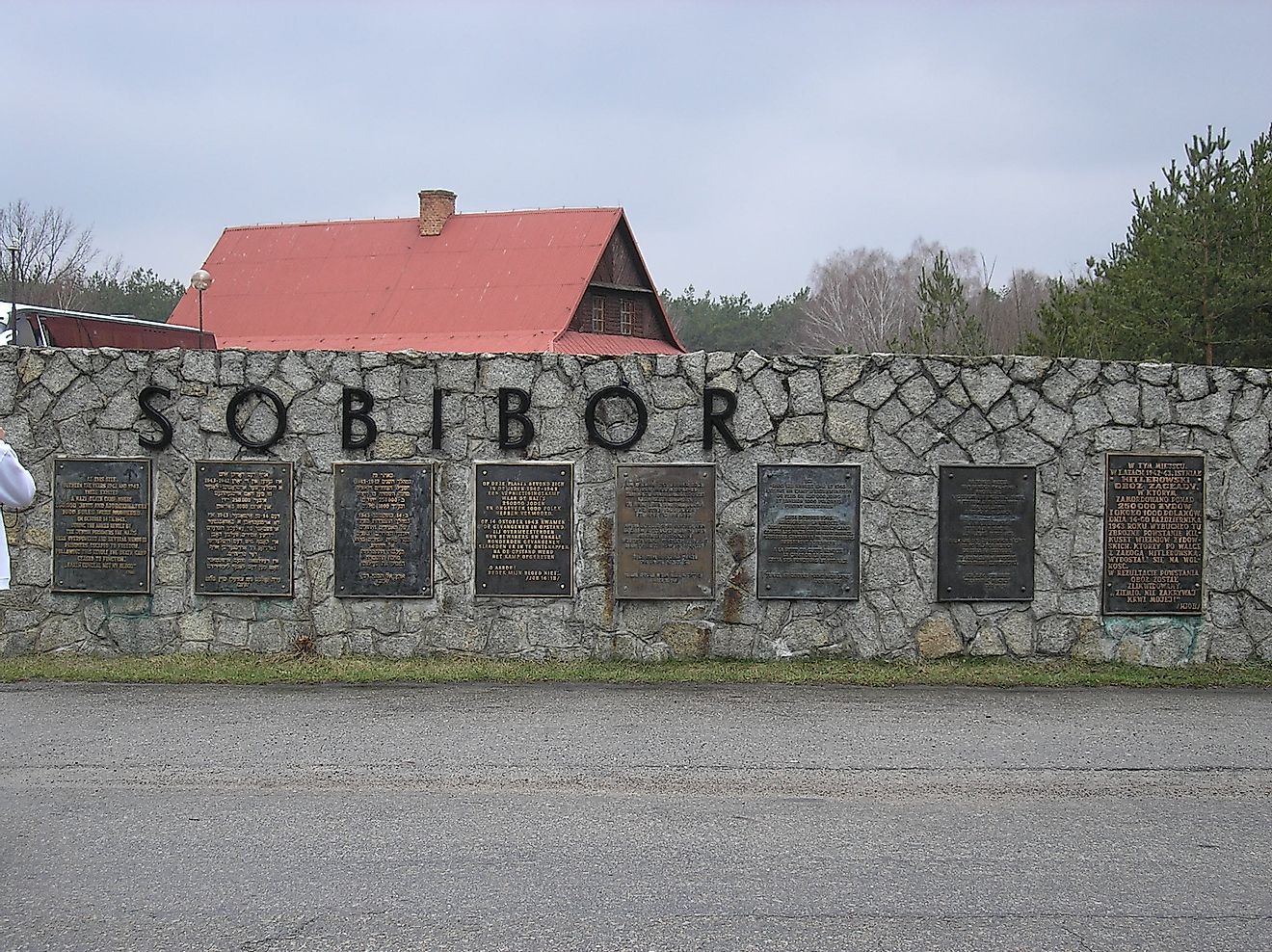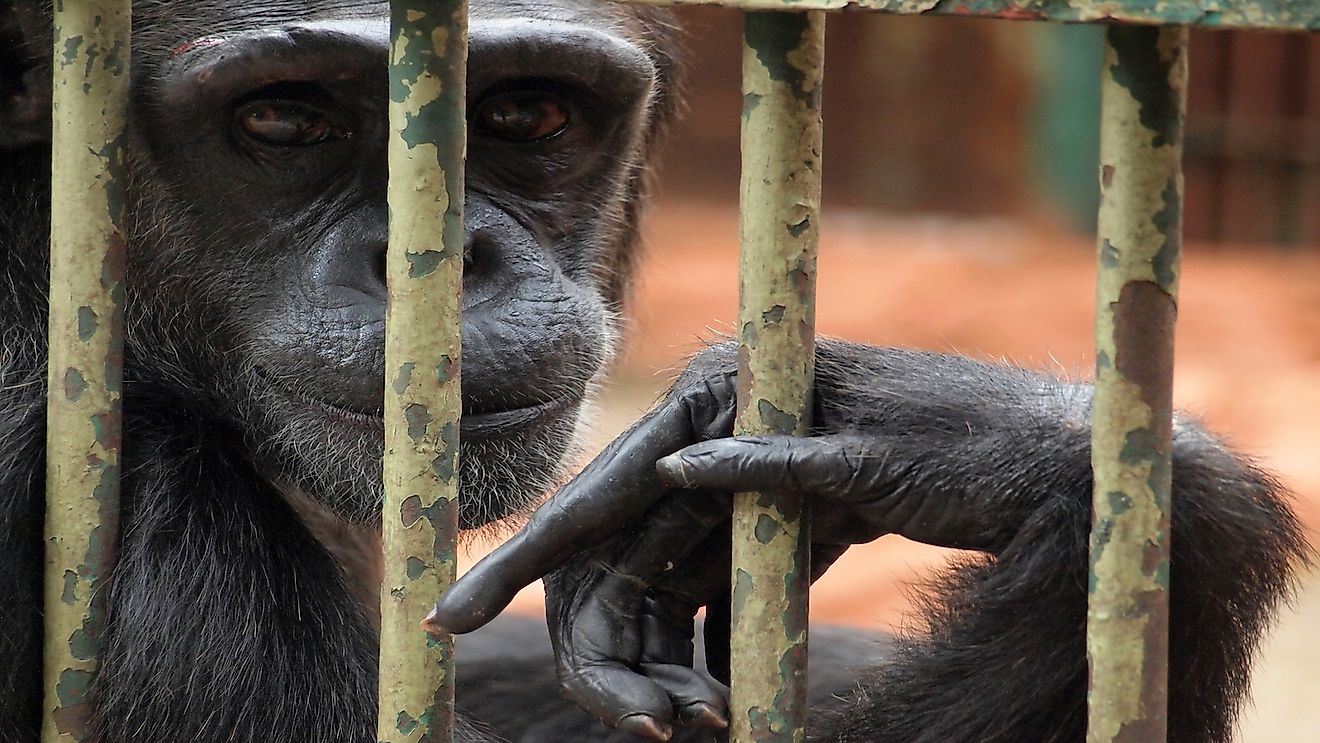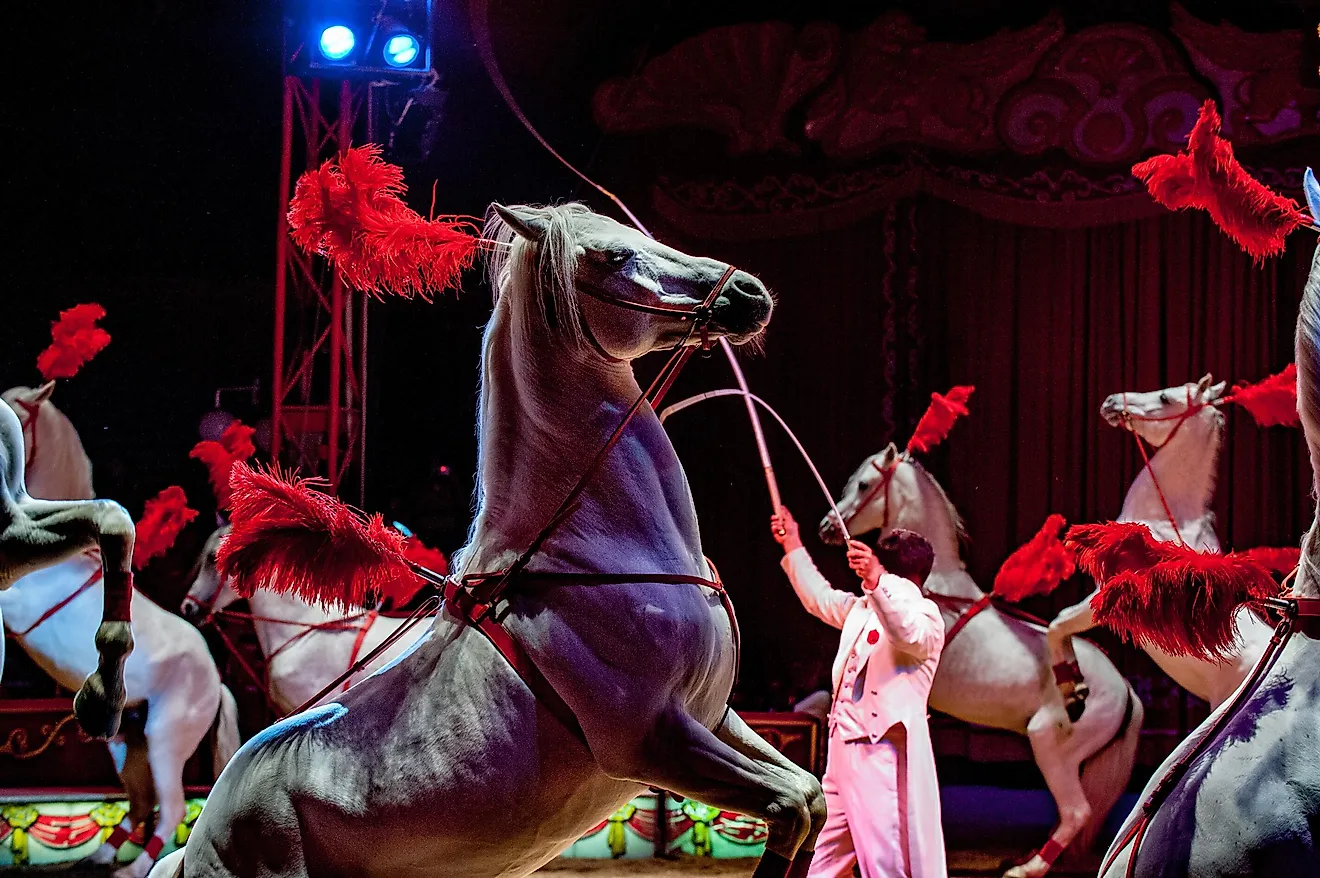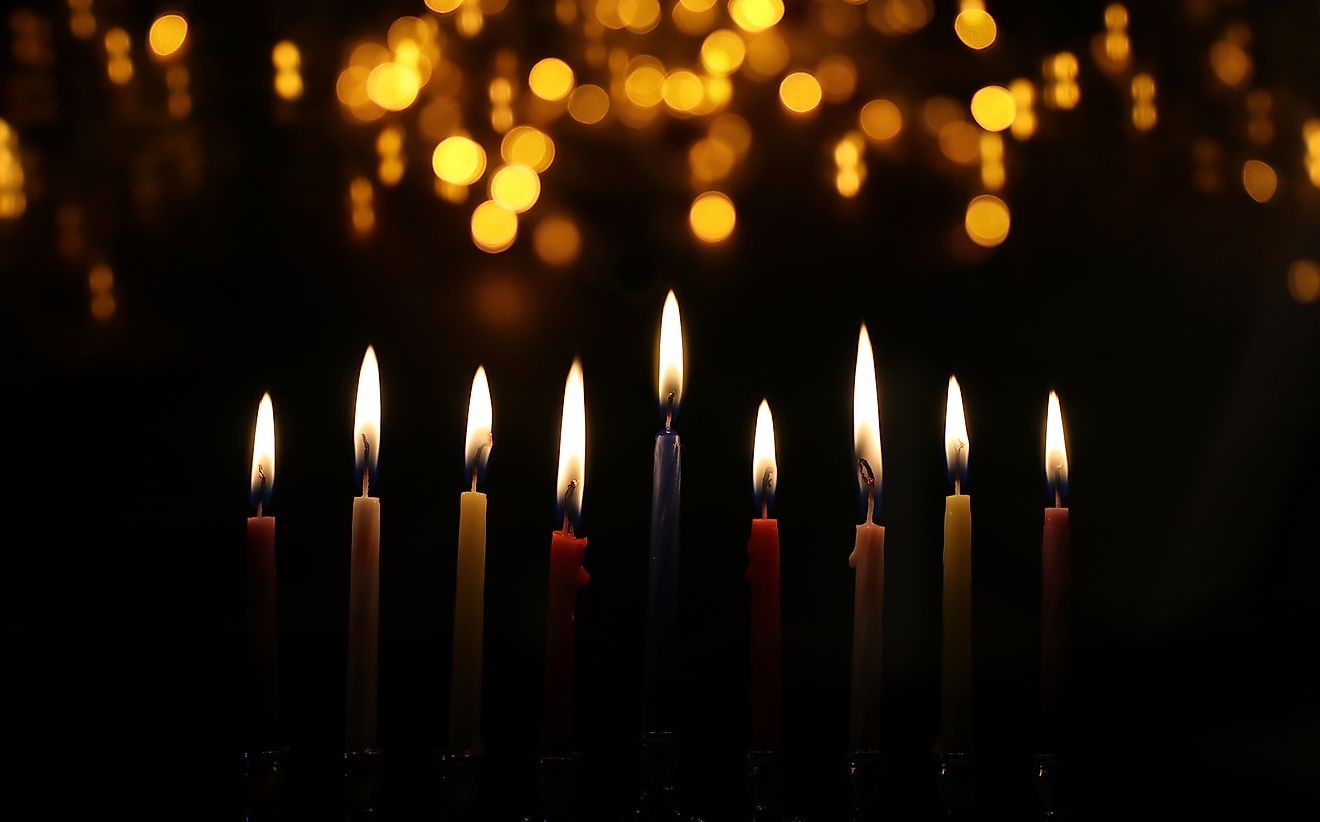10 Facts About Eleanor of Aquitaine
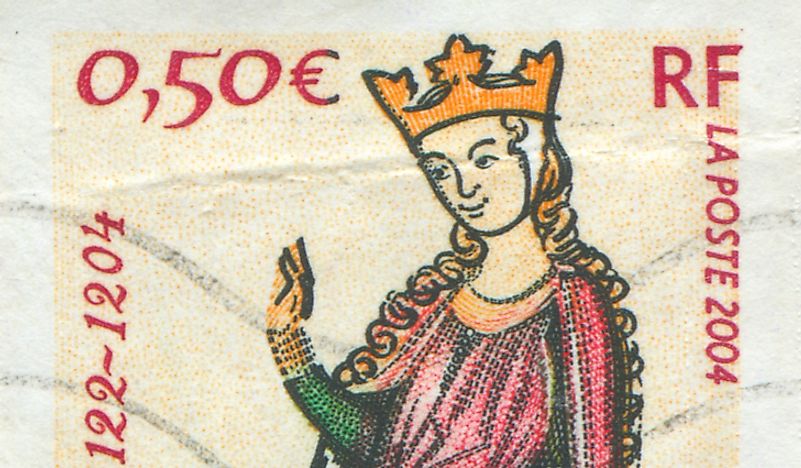
Eleanor of Aquitaine was one of the most important figures of the Medieval Era. She was born in 1122, the eldest daughter of William, the duke of Aquitaine. Her brother, the heir, died in 1130 and thus Eleanor became her father’s heir. Eleanor’s influence on the course of history is nearly unparalleled for a woman of her time. There are legends of her “courts of love” however there is no historical evidence to support the existence of such a thing. Eleanor lived a long life and died in 1204.
Heir to the Duchy of Aquitaine
Eleanor was born to William X and Aenor of Chatellerault. Her mother died when she was young, and her brother died shortly after that. Her sister, Petronilla, lived and had children of her own. Aquitaine was unique in that women were able to own property and had freedoms they did not have in other parts of Europe. The duchy of Aquitaine was the richest and largest province in all of France.
Queen of France
When Eleanor’s father died in April 1137, King Louis VI became her guardian. He married her to his son, Prince Louis, in July 1137. Eleanor gave Louis a vase made of rock crystal as a wedding gift; it is the only artifact of Eleanor’s that is still known to exist today. In August of 1137, King Louis VI died and Prince Louis became King of France in December of that year. Eleanor was 15 when she became the Queen.
Second Crusade
In 1144, Pope Eugenius called on support for a second crusade, after Edessa fell to the Saracens. After taxes were levied to help pay for the crusades, Louis and Eleanor left in June 1147. Eleanor brought along 300 non-noble vassals and was an example of women participating in the campaign; her actions inspired many other vassals to join the crusades. The Crusades themselves were unsuccessful for the most part, however Eleanor did reconnect with her uncle Raymond, who was the Prince of Antioch. There were rumors of their involvement, and Louis removed Eleanor from Antioch and sent her back to France on a ship by herself.
Marriage to Louis VII
Although Eleanor petitioned to have her marriage annulled due to consanguinity (being too closely related), she was initially denied by Pope Eugenius III. However, after she gave birth to a second daughter—and no male heirs had been produced—the annulment was eventually granted in March 1152. Their daughters were declared legitimate, and they stayed with Louis.
Remarriage
While Eleanor was living in Aquitaine before Henry and she married, she ruled as Lord of Aquitaine, adjudicating cases, caring for her people and her lands. In May of 1152, Eleanor married Duke Henry of Normandy. He was 18 and she was 29. Henry was Duke of Normandy through his mother’s side and count of Anjou through his father’s side. Henry and Eleanor were definitely peers as far as titles and lands.
Queen of England
In 1154, Henry became Henry II, King and England and Eleanor became Queen. Eleanor and Henry had 8 children: three daughters and five sons. Henry traveled around England often, and in his absence, Eleanor rules as regent. She issued many writs in her name, and we still have nine of them in existence today. In 1168, she moved to Poiters and stayed there until 1173, when she was imprisoned.
Famous Sons
Although three of Eleanor’s sons became king and two of her daughters became queen, her most famous sons are perhaps King Richard the Lionheart and King John. King John is a familiar character to many from the story of Robin Hood. King Richard is perhaps the best-known, historically. He was involved in the fourth Crusades and was ransomed by Eleanor in 1193.
Imprisoned by Her Husband
King Henry and Eleanor had grown apart over the many years of their marriage, especially as Henry’s affair with Rosamond Clifford continued. In 1173, Eleanor, along with three of her sons, attempted to demand land. Henry (the son) sought help from the king of France. By 1174, Henry II had defeated all of the rebellion. Although Eleanor initially escaped, she was captured by Henry’s knights. Henry II had her imprisoned in his castle for the next 16 years. She would not be free until her husband died, and Richard released her.
Fourth Crusades
King Richard was heavily involved in the Fourth Crusades. During his absence, Eleanor ruled in his stead. She signed her letters, “Eleanor, by the grace of God, Queen of England”. Eleanor was not one to sit idly, and during her years of regency, she traveled around Europe, shoring up England’s relationships with its allies. When her son John attempted to overthrow Richard in his absence, she supported Richard and outmaneuvered John’s plot. Eleanor would however, help John take the throne after Richard’s death in 1199.
Nunnery
Eleanor outlived Richard and saw her son Henry take the throne. An agreement was brokered between France and England that involved her granddaughter Blanche marrying Louis, (King Philip II’s heir ). Eleanor was nearly 80 and she crossed the Pyrenees to collect Blanche and bring her to Bordeaux. Eleanor was drained by the trip, and after delivering Blanche to the Archbishop of Bordeaux, she retired to the abbey at Fontevrault, where she took the veil and spent the final years of her life until her death in 1204. She is buried there near her husband Henry II and her son, Richard.
